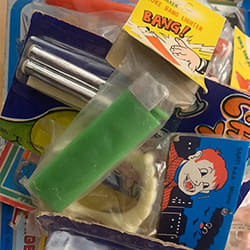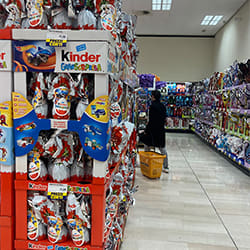Aware of these environmental issues, many people have gone back to the pre-plastic-bottle era and now use their own water containers.
I remember Japan having public water fountains installed in virtually every building or park. You’d step on a pedal or twist a handle on a spout and water would shoot up. Japanese water fountains were designed so that the water would arc before it fell, making them fun just to watch.

You may be wondering what kinds of water fountains they have in Italy. There are marble fountains scattered across Rome, with drinking water sometimes flowing out of marble animal heads built into walls—revealing just how intertwined the lives of the Roman people and water are. Drinking fountains are called nasoni, meaning “large nose.” The water flows and is available for anyone to drink, around the clock and any day of the year.
And then there are the water fountains in Milan.
Instead of nasoni, Milan has water fountains called vedovelle, which also flow with drinking water all year around the clock. The word vedovelle means “widow,” as the small, slow-moving trickle of water that comes out of the nozzle brings to mind the sorrowful tears of a kneeling widow. It’s a melancholic name for a water fountain compared to the nasoni of Rome, which—who knows, maybe has something to do with the weather being a lot grayer in Milan.
Back to the environment. These days, environmental issues and resource shortages are a problem in any country, so you wouldn’t think that these constantly-running water fountains would be silently overlooked.
Happily, though, they’re not made to wastefully run water. The system is set up so that by keeping the water flowing at all times, the water in municipal pipes, supply facilities, treatment plants, and other infrastructure stays fresh and good without stagnating.
In other words, the city can prevent bacteria and other growth by keeping the water running constantly .
In addition, water flowing outside (like the widow’s tears) goes into the sewers and reaches the water treatment facilities, where it is purified and used to irrigate local farmland.
Finally, the widows are installed in calculated locations, near places where the municipal water supply stops at a branch point. Apparently, they’re set up so that the air that occasionally gets trapped in the water pipes is released outside with the water. It’s thanks to the widow fountains, then, that the city avoids pipe bursts caused by pressure buildup from the air trapped inside.
There are some 650 weeping widows kneeling around the city of Milan!





























































